

Agridisk
Egypt - Alexandria
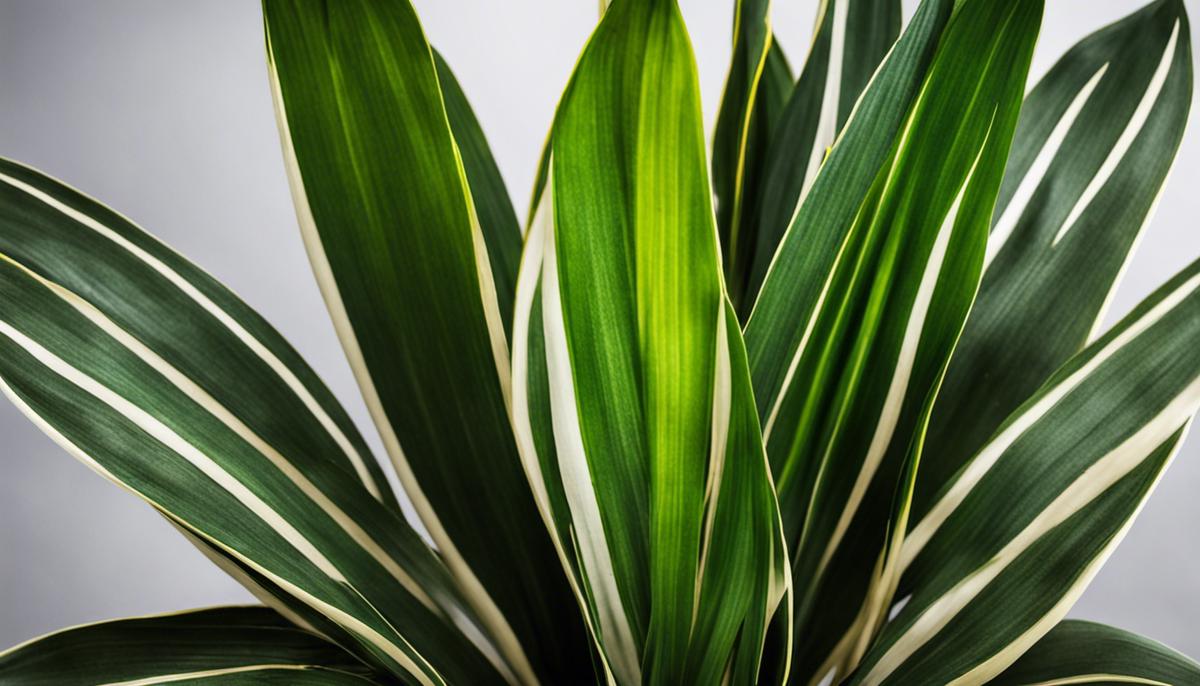
How to Grow and Care for Snake Plant ?
Description: How often have you admired a houseplant for its uncomplicated charm and wished you had a greener thumb? If you're a newcomer to the world of indoor gardening or seek a low-maintenance addition to your plant collection, the Snake Plant, also celebrated as "Mother-in-law's tongue," could be an excellent start. Characterized by their tall, upward-growing leaves with unique patterns, these hardy plants are not only a striking visual element in any room decor but also renowned for their air-purifying properties. This essay will draw upon the fascinating origins and varied types of snake plants and how their growth habits influence their care needs. We'll unravel the critical factors in their upkeep, including lighting, temperature, watering, and nutrition. Furthermore, we'll confront common snake plant problems and arm you with practical solutions. Snake Plants (Sansevieria), popularly known as Mother-in-law's Tongue, are the absolute heroes of the plant world. Originating from West Africa's tropical forests, these succulents have adapted to indoor conditions with an astonishing grace and resilience, making them a fan-favorite for green thumbs and novice gardeners alike. If you're looking to dip your toe into the world of indoor gardening or just want to add an intriguing new member to your green crew, diving into the basics of Snake Plant care would be a delightful start! Snake Plants are not your regular plants that need a meticulous balance of light, water, humidity, and temperature. No, these hearty warriors are far from that! They're easygoing, low maintenance, and incredibly forgiving. Perfect for indoor gardening, right? However, a little understanding of their needs can make the journey with these plants even more rewarding! Let's go through the fundamental factors you'd need for successful Snake Plant care: Light: Snake Plants are stellar when it comes to handling different light conditions. Whether it's a sun-bathed windowsill or a dim corner in your living room, Snake Plants adapt and thrive. However, they're happiest when placed in bright, indirect light. Direct sunlight can scorch their leaves, so a bit of indirect exposure would do wonders! Water: One of the invaluable tips about Snake Plant care - they detest overwatering! Snake Plants have succulent leaves, which means they store water. Naturally, they do well with less watering and hate to sit in waterlogged soil. The golden rule is: It's better to underwater than overwater your Snake Plant. During warmer months, watering once every 2-3 weeks suffices, while in colder months, watering can be reduced even further. Soil: A well-draining soil mix is vital to keep your Snake Plant healthy. A typical succulent mix that has pumice or perlite works great. The main goal is to prevent water retention in the soil that can lead to root rot. Temperature and Humidity: Snake Plants are not picky about temperature or humidity. Average room temperature and humidity are just perfect. However, it's good to ensure they are not exposed to temperatures below 50°F as they are tropical plants. Propagation: One of the most fascinating characteristics of Snake Plants is how simple they are to propagate. Leaf cuttings or division can create new plants. Want more Snake Plants around? Propagation is just a snip away! Pest problems: Although remarkably resilient, Snake Plants are prone to mealybugs and spider mites. Inspect routinely and deal with any pests by wiping with an alcohol-soaked cloth or using an insecticidal soap. And there you have it! The vital basics you need to know to kickstart or improve your journey with the spectacular Snake Plants. Remember, these are resilient specimens that ask for minimal yet purposeful care. As you get to know them better, you'll find a companion in them that brings a rich green addition to your space while also purifying the air you breathe. It's not just a plant; It's a lifestyle! Happy plant parenthood! Beloved by those with, (and without) a green thumb, the Snake Plant's resilience and adaptability make it a treasured houseplant. Plunging deeper into the world of Snake Plant care, we approach some advanced topics this time: the specifics of fertilizing, potting, and the importance of airflow. This trio often appears deceptively simple, yet it unfolds a significant impact on the overall health and longevity of your Snake Plant. It's a practice that is as simple as enriching the soil with extra nutrients, mainly during the growing seasons of spring and summer. Opt for a well-balanced houseplant fertilizer, sticking to a diluted concentration around half of the recommended dosage. Remember, though, our heroic Snake Plant is a hardy species and can even thrive without any extra feed. So, moderation is the key! An essential part of Snake Plant care, the pot you choose plays a vital role in maintaining the plant’s health. A well-draining pot diminishes the risk of water stagnation and, subsequently, root rot – the nemesis of many a healthy houseplant. Terracotta pots are a solid choice as they facilitate excellent drainage and allow the plant to breathe. Size-wise, select a pot that leaves roughly 2-3 inches of space around the plant's perimeter to permit ample room for root growth. The Snake Plant is an aficionado of good airflow, which often remains underrated in indoor gardening. Proper ventilation helps keep the dust and pests at bay, while also aiding in efficient photosynthesis. It's a simple task to provide ideal airflow; just keep the plant in an area that is not overly crowded and gets a decent amount of passive air movement, such as near a slightly opened window. One last thing, although Snake Plants are robust, they aren't invincible and could still encounter occasional issues. You may notice browning or mushy leaves indicative of overwatering. Conversely, under watering may result in wrinkled, puckered leaves. In such cases, adjust your care practices accordingly, and remember, each plant has its personality and needs. Finally, your Snake Plant should stand as a testimony of your patience, perseverance, and passion for indoor gardening. Happy nurturing! Moving along from the basics of Snake Plant care, it's crucial to delve deeper into common health issues that might be compromising the wellbeing of these low-maintenance plants. These problems range from subtle changes in leaf color, fungal issues to more serious root rot conditions. Regardless of how well Snake Plants adapt to indoor gardening, they're not completely invincible; sometimes, they need a little extra attention. Fungus Gnats and Root Rot, anyone? While it's covered that pests rarely bother Snake Plants, they might occasionally grapple with the nuisance of Fungus Gnats. These tiny black flies are attracted to moist soil and weak plants. Although they don't directly harm Snake Plants, their larvae feed on roots, potentially causing damage if left unchecked. Keep soil dry between watering sessions and consider using a sand top layer to create an unattractive environment for them. Probably the most common problem Snake Plants encounter due to incorrect care is root rot. Often a result of overwatering or using a pot without proper drainage, root rot manifests through yellow, floppy leaves. If suspected, immediately cease watering, and gently remove the plant from its pot to examine the roots. Healthy roots are firm and white, whereas unhealthy, rotted roots are brown and mushy. Prune away affected roots using a sterilized cutting tool and let the plant dry before repotting in fresh, well-draining soil. Leaf Spot Disease – An Unwelcome Visitor! Leaf Spot diseases are a common sight in Snake Plants subjected to overwatering or poor ventilation. This fungal infection causes brown, sunken spots on leaves, often bordered by yellow halos. Providing good air circulation and watering sparingly, especially during cooler months, helps prevent the onset of Leaf Spot disease. Infected leaves should be removed to prevent further spreading of the disease. Discoloration and Wrinkles – More Than Just Aging Signs If Snake Plant leaves start becoming lighter or developing an unusual silver sheen, it might be a sign of over fertilization, indicating a buildup of salts harsh for the plant. In this case, flush out the soil with water multiple times and cut back on fertilizing. Moreover, if wrinkles appear on the leaves, it's commonly a sign of underwatering. While Snake Plants are drought-tolerant, they do require occasional watering. Though they recover quickly once watered, prolonged periods without adequate moisture can leave lasting damage. Snake Plants stand guard in homes like quiet, unassuming heroes. However, like all living beings, they too face their share of problems. Recognizing these signs and promptly addressing them is crucial to keeping Snake Plants healthy, ensuring they continue to be a beloved addition to indoor gardening collections. Remember, at the end of the day, understanding the individual needs of your Snake Plant and practicing consistent care is the key to maintaining its health and vibrancy. Understanding, caring for, and troubleshooting your snake plant problems doesn't have to be challenging. You'll find that as you get more comfortable with your plant's needs and its responses to its environment, it becomes a source of pride and joy rather than a source of worry or confusion. Whether you're a seasoned gardener or just starting, applying the knowledge we have discussed will significantly secure the prosperity of your snake plant, contributing to a healthier indoor environment. As with any living thing, patience, care, and understanding go a long way, and growing powerful, beautiful snake plants is an achievement worth every bit of effort you put into it. The snake plant is one of the great options for beginners in the field of gardening, due to its strength as it is difficult to be killed, and it grows quickly on the ground. It loves warm weather and also can tolerate cold weather. Irrigation leads to rotting of the roots of the plant, and it is important to irrigate the plant only if the soil is dry, and you can irrigate the plant once during two months in the winter period, but in the summer it is not watered every two weeks. The snake plant likes unindicated light, and can be placed indoors. However, it can adapt to full sun conditions and will do best in low light. The snake plant loves well-drained soil, do not over water it. Allow the soil to dry out before you water it again, as the soil must be beginning to dry before watering. As we said, the snake plant loves warm conditions and adapts to it, but nevertheless it will die or its leaves will burn if the temperature exceeds 50 degrees, and therefore in high temperatures it should be placed in a place indirect to the light.Understanding Snake Plant Basics
Explore the Serpentine World: Unwrapping the Basics of Snake Plants
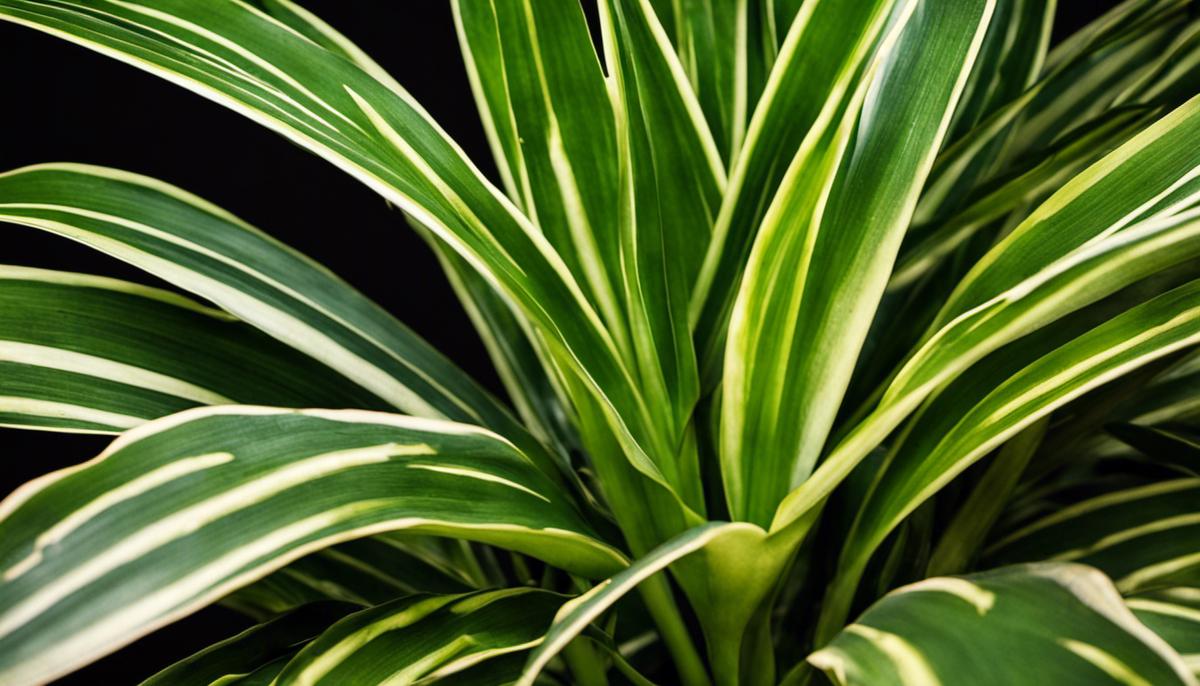
Optimum Snake Plant Care
Primarily, let's address fertilizing your Snake Plant.
Next on the agenda is potting.
Let's pivot to the topic of airflow.
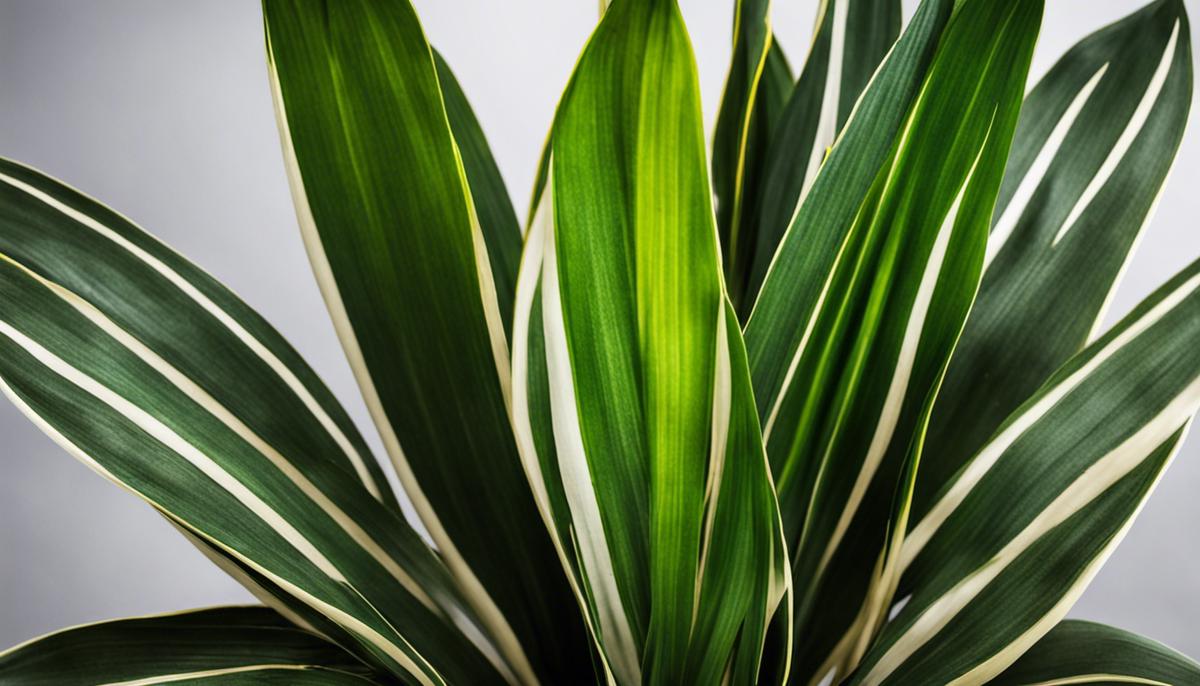
Common Snake Plant Problems and Solutions
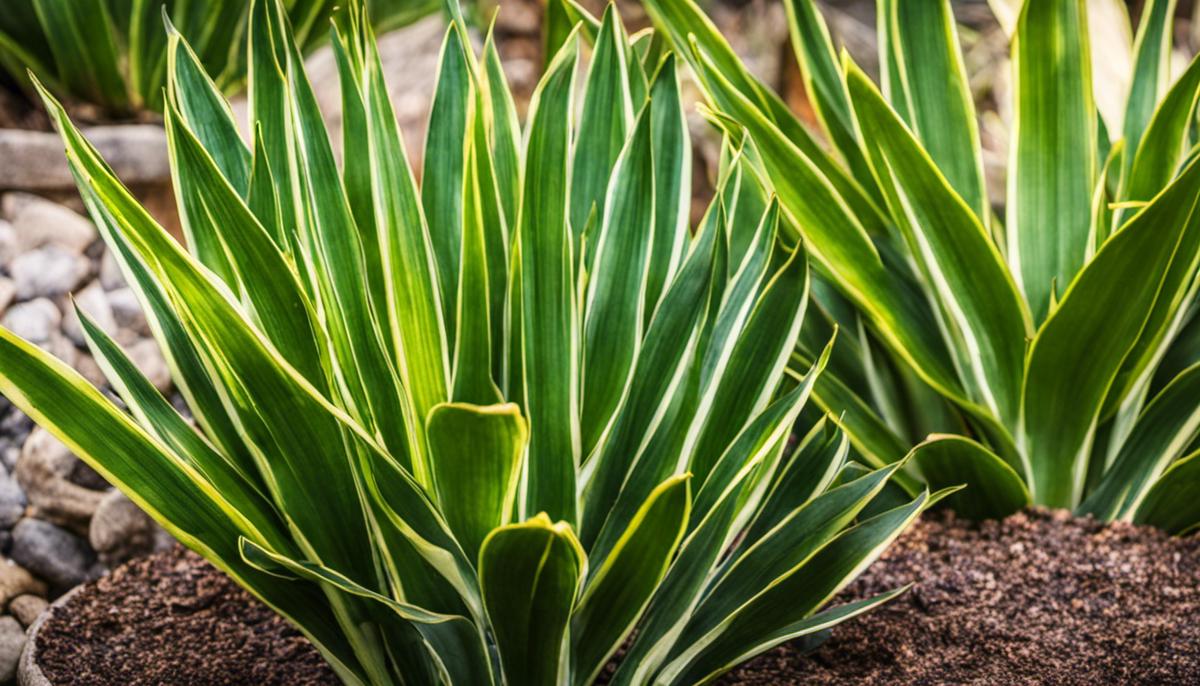
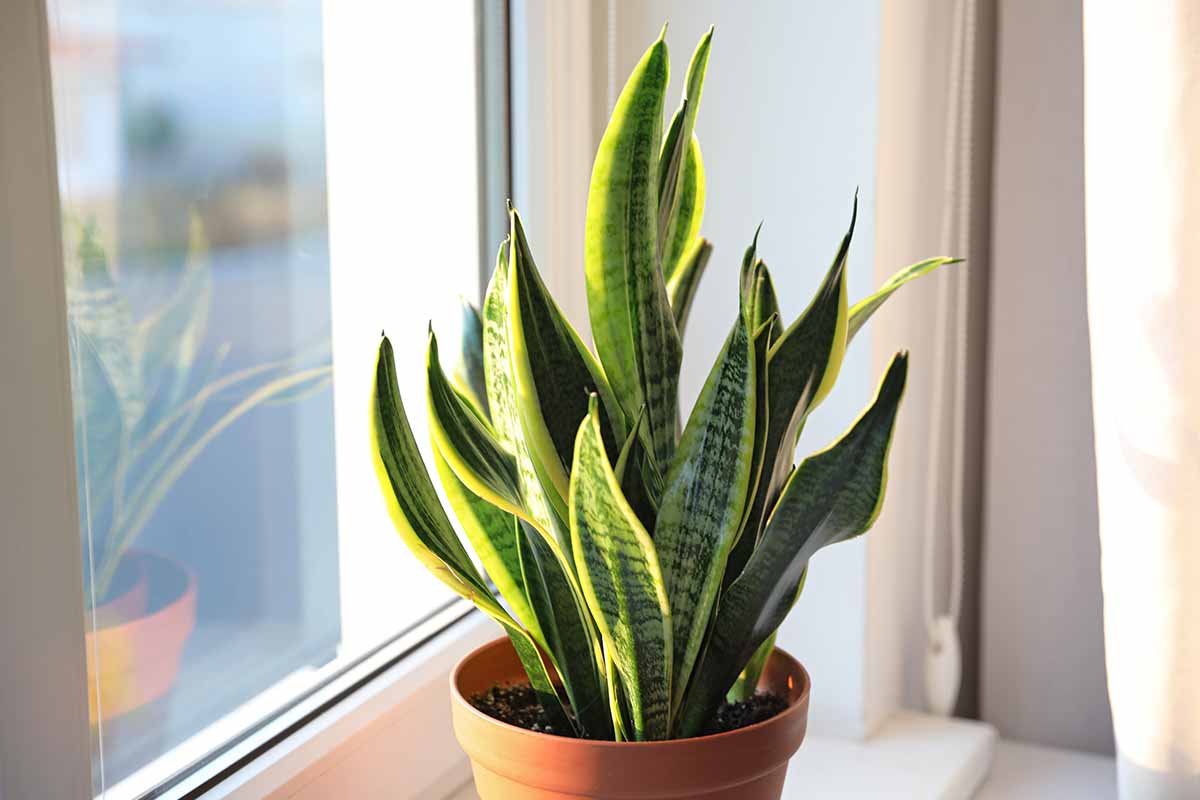
One of the important things for a snake plant
The light
The soil
Waters
Temperature and humidity